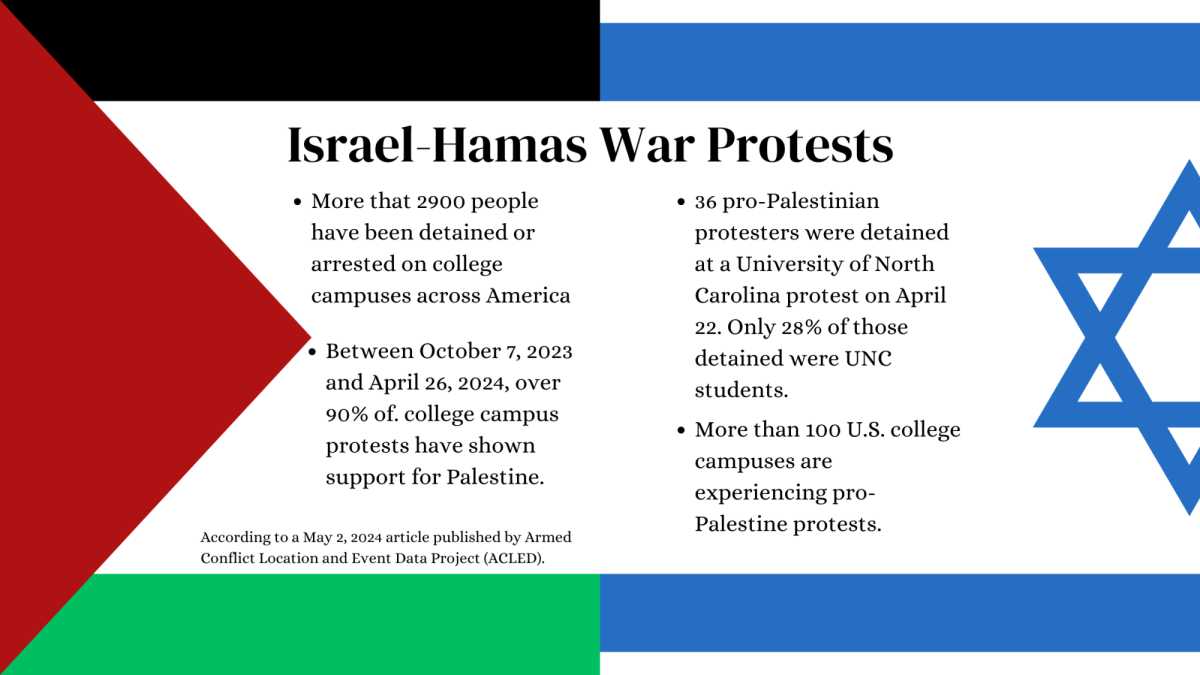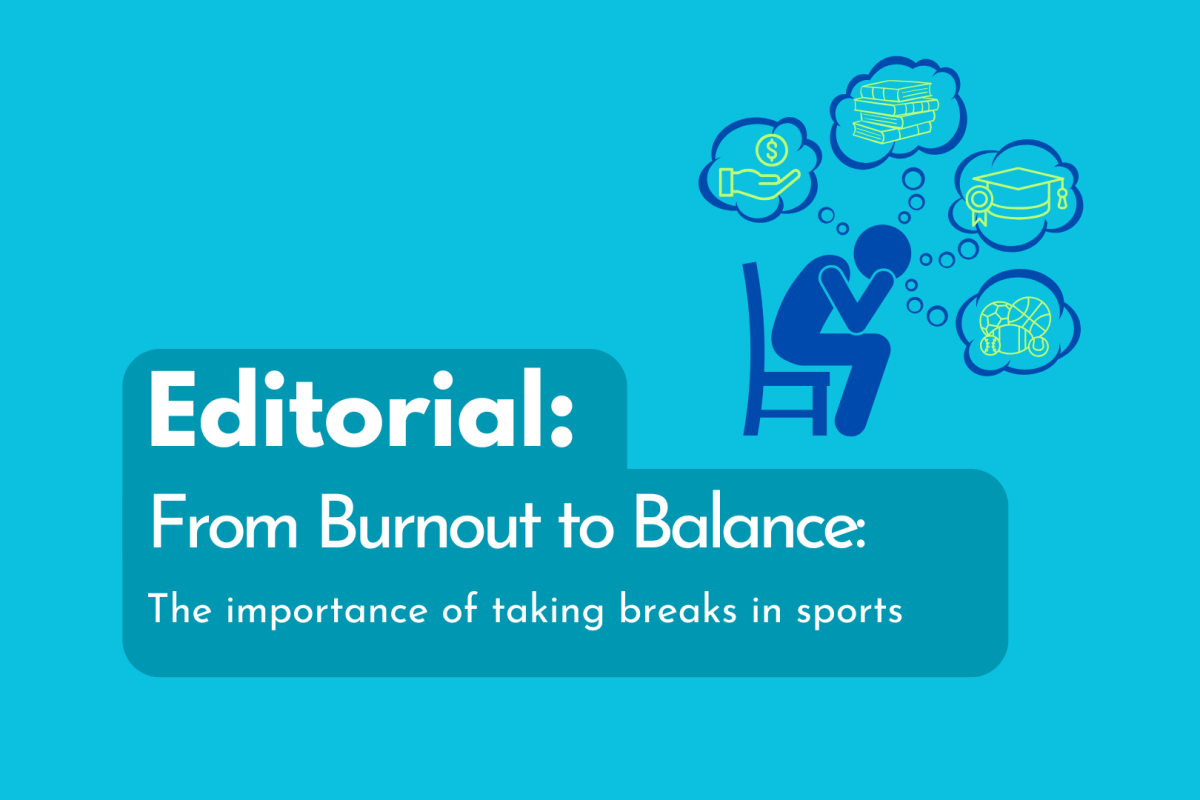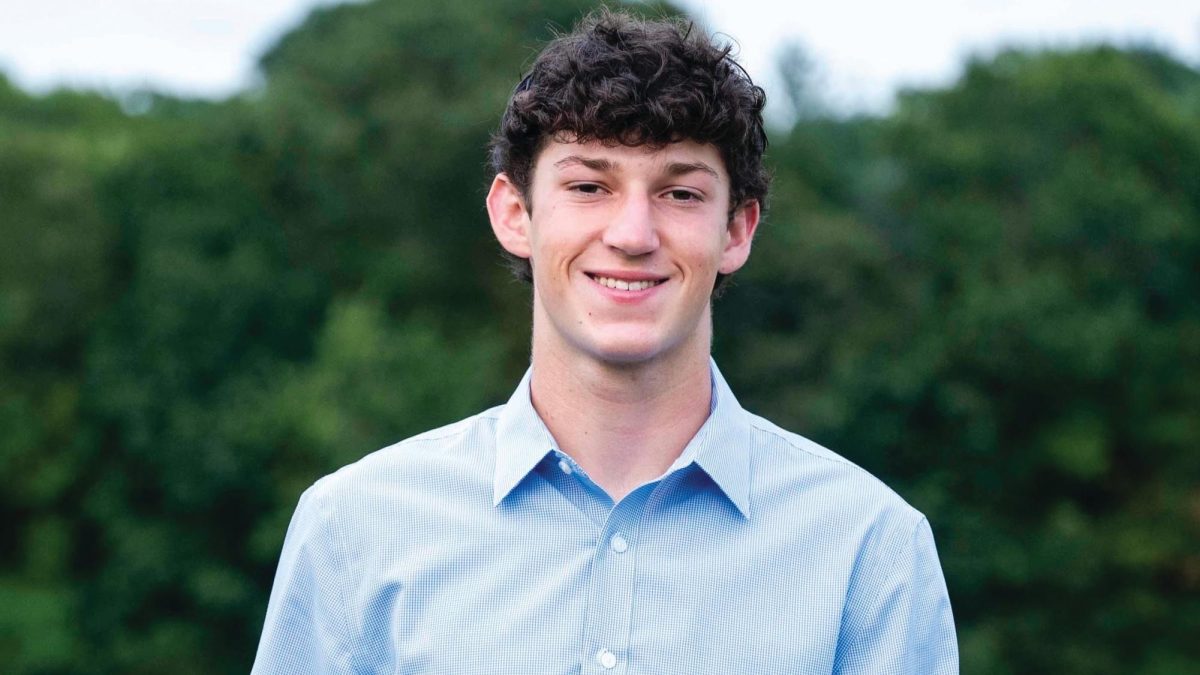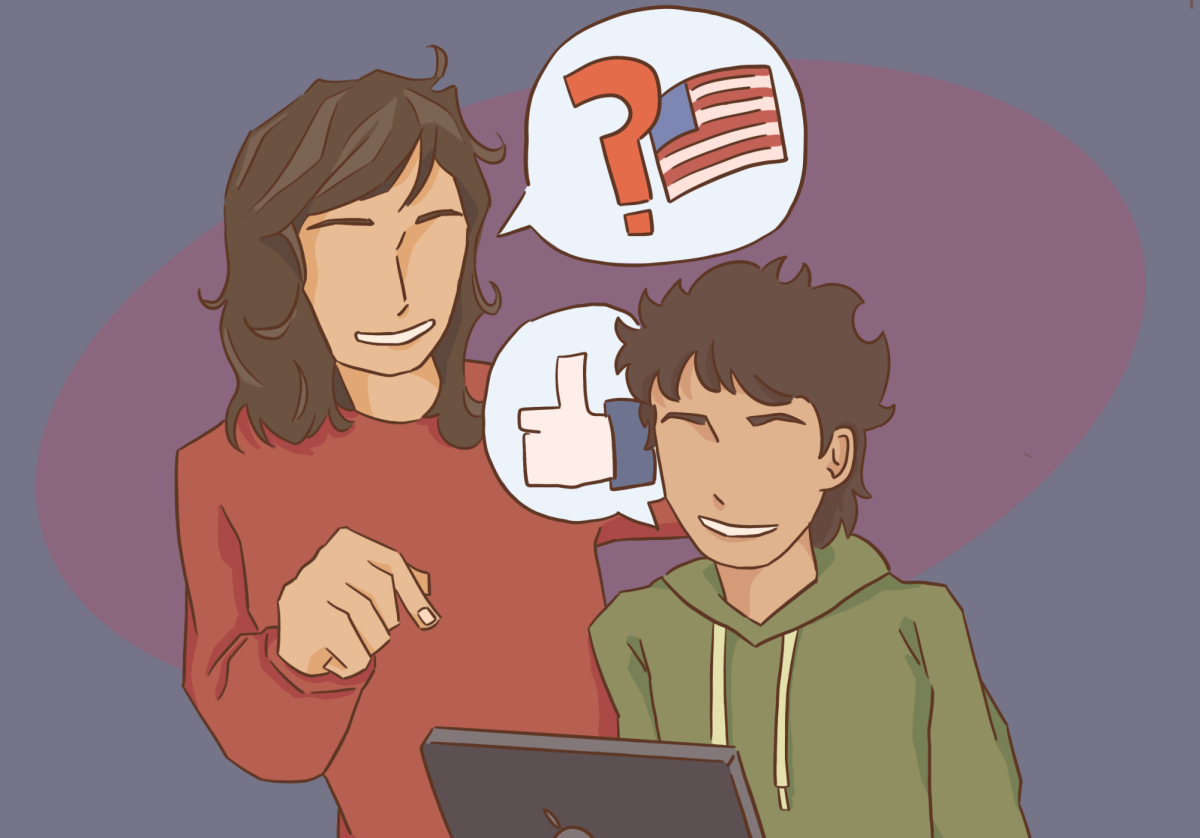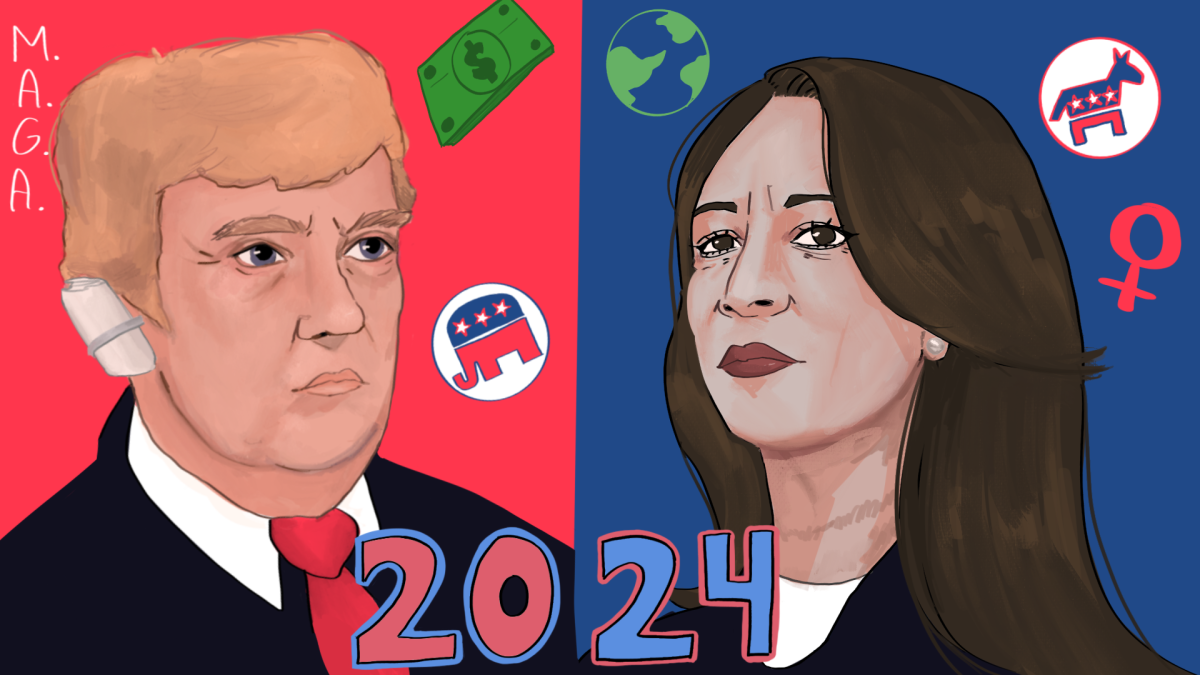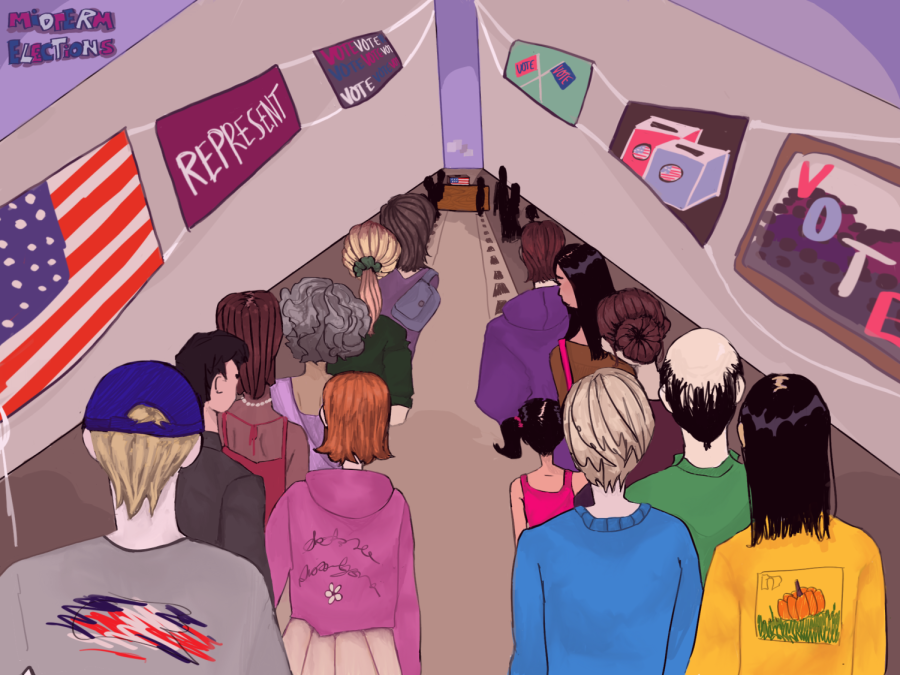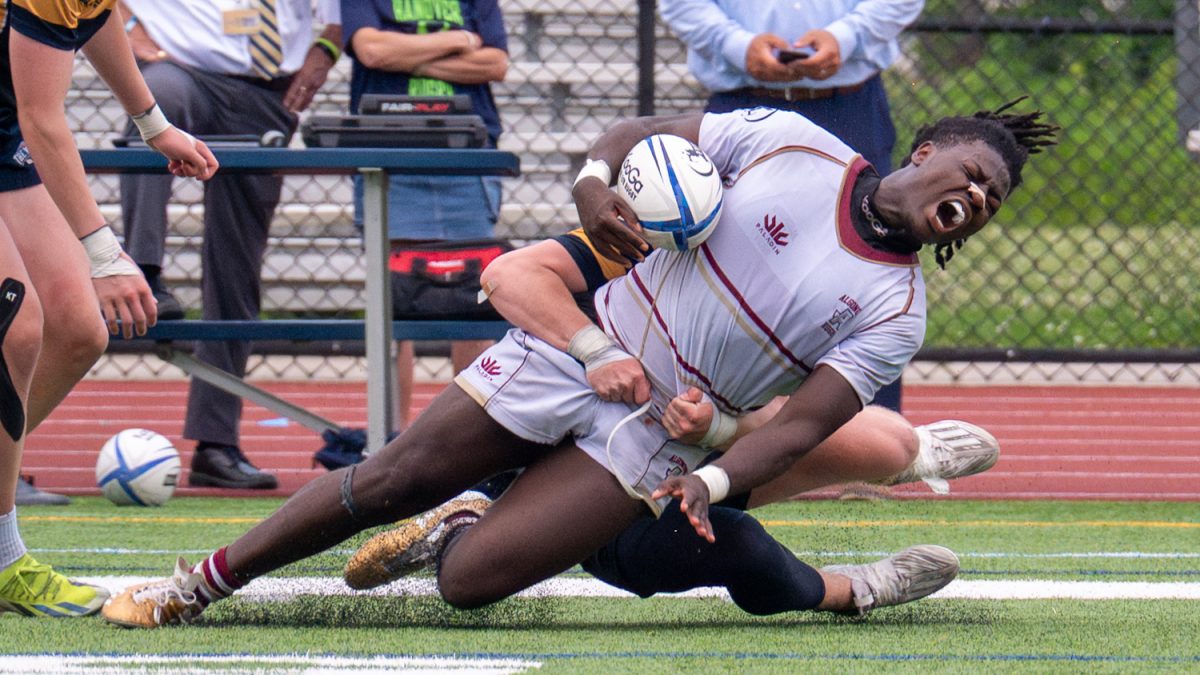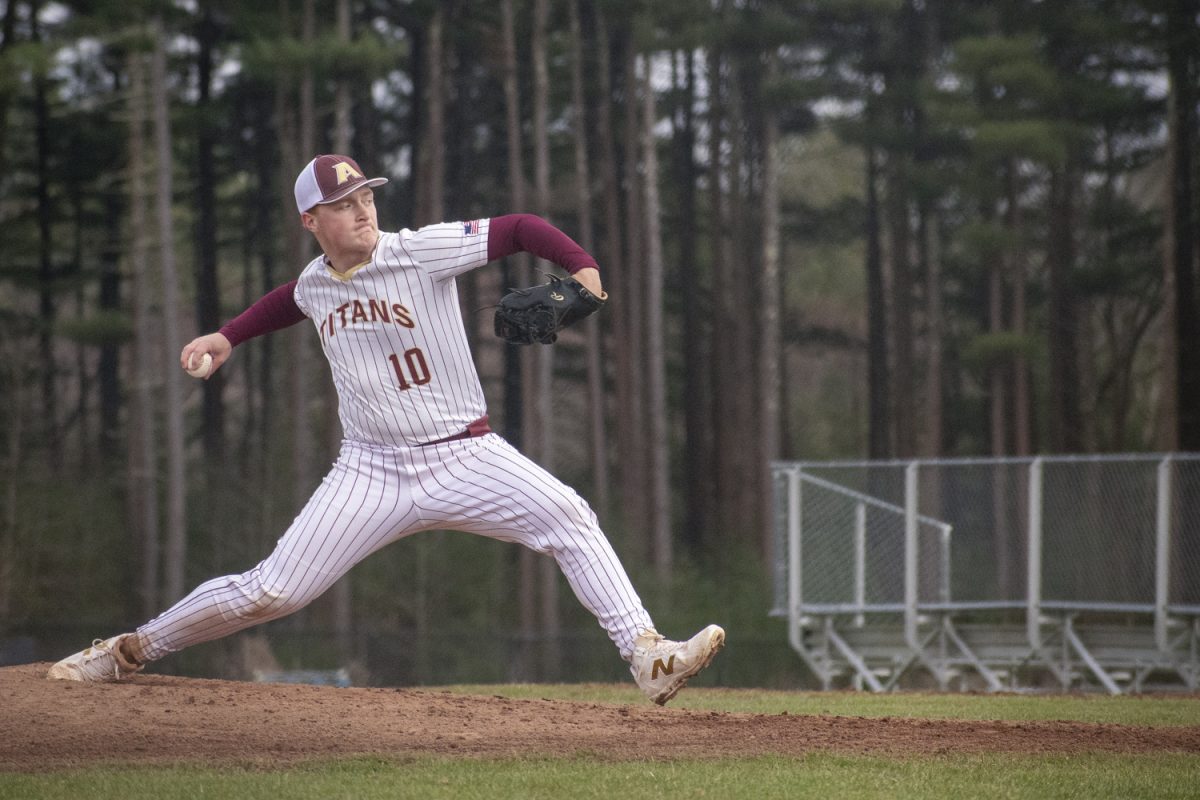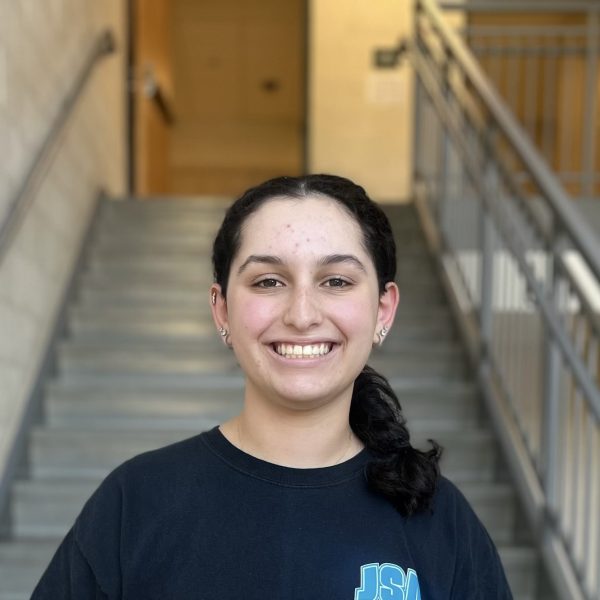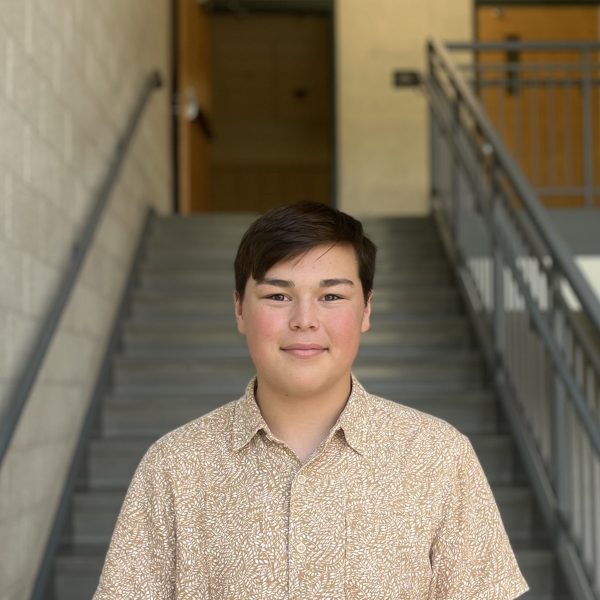On April 17, Columbia University’s campus was the first of many to be swarmed with protestors in support of pro-Palestinians.
College campuses have experienced widespread protests supporting Palestinians and demanding divestment from companies backing Israel. Columbia University in New York created a ripple effect where movements spread globally with involved encampments, sit-ins and walkouts. These protests led to numerous arrests and heightened campus tensions, with incidents of antisemitism and Islamophobia.
In the Israel-Hamas war, the United States has supported Israel by offering military assistance and diplomatic backing, while urging the protection of Israelis as well as addressing Gaza’s humanitarian concerns. The pro-Palestinian protestors are angry that organizations are continuing to support Israel. Algonquin’s AP Government classes provide important insights on the protests.
“Israel is a NATO [The North Atlantic Treaty Organization] ally, so technically in our agreement we are obligated to step in and defend our allies in the event of an attack,” senior Matthew Carreras said. “On the other hand, do we have the right to intervene in that? I just don’t think we have the right to.”
On April 22, pro-Palestinian protestors removed the American flag from the University of North Carolina’s campus and replaced it with a Palestinian flag while chanting “From the river to the sea” and “Free Palestine”. Police intervened and detained 36 protestors, 10 of which were UNC students. Twenty-seven individuals were cited for trespassing and released on-site.
“People are protesting something so harmful and antisemitic,” senior Liam Cunnife said. “For example, you wouldn’t see people hang up a Klu Klux Klan flag and say it’s helping a cause, so in doing that, they are only hurting people.”
While currently, there is no reported number of protestors, it has been said that the majority of the protesters are not college students but people who feel strongly about the cause.
“I think it’s within people’s rights to protest, but these protests that have been occurring don’t actually include a lot of people who go to the colleges,” senior Sullivan O’Rourke said. “I feel that they aren’t really protestors, just angry people.”
The advocates have used many methods of getting their point across including camping out, chanting and praying. The Hamilton Hall building at Columbia’s campus is a gathering place for upbeat occasions and historic moments. On April 30, it was taken over to further their attempts; draping it with a giant flag calling for “Intifada”, an Arabic word used for rebellion or uprising.
“Performing acts like camping out on the campuses convey messages like ‘we are living how people are forced to live,’” Carreras said. “The fact that they have so much media attention is showing people that what they are doing is effective.”
Opinions on the police force used during the protests are divided. Some view policing as a necessary precaution to maintain order and safety while others criticize it as excessive and aggravating existing tensions. Over the course of the protests, the police have made over 2,000 arrests.
“If you put yourself in the shoes of a police officer, you’re so alert, and when there’s so much going on it’s hard to distinguish who’s a protester and causing damage as opposed to who’s not,” Cunnife said. “They’re there to protect people and it’s hard.”
Reporters have made their way onto the scenes of the protests hoping to interview people’s motives and goals of protesting. A majority, if not all of the protestors, have refused to comment.
“Half of the protestors don’t even know what they are protesting and the other half always tell people to talk to the organizers,” O’Rourke said. “The people who are organizing the protests have a message, but they are using the mentality of people to get strength in numbers.”
As the protests escalate and spread to more campuses, the debate continues over the impact and legitimacy of this controversial issue. This highlights deep divisions over the Israeli-Palestinian conflict and the United States’ role in international affairs.



